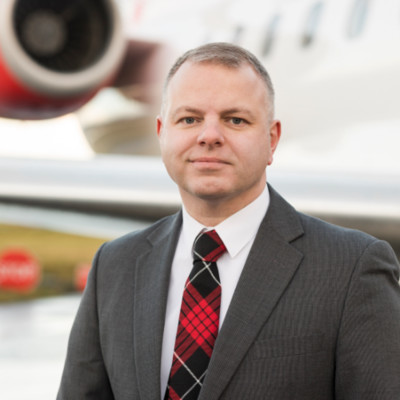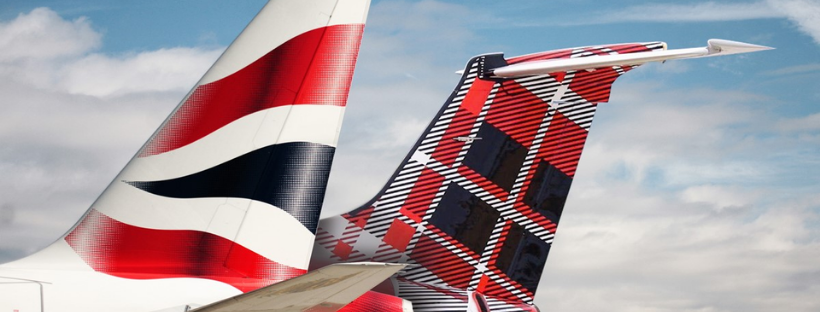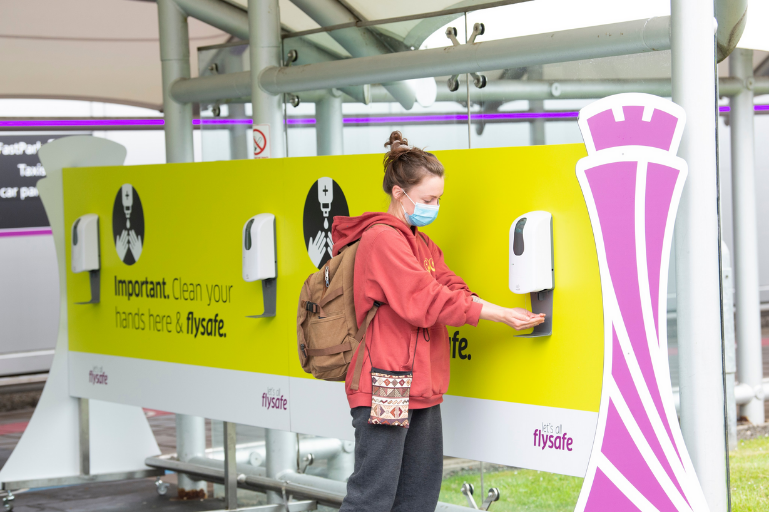Loganair expands at Heathrow, offering new opportunities for UK business travellers
Loganair, the UK’s largest regional airline, has recently announced that it will be expanding its operations at London Heathrow, offering more opportunities and better connections for UK-based business travellers.
The airline has secured access to 30 additional pairs of slots each week at Heathrow under a lease arrangement with British Airways, which will come into effect in May 2023.

These slots will enable Loganair to develop regional connectivity from UK domestic destinations to the UK’s premier hub, offering both point-to-point access into London and a wide range of new global connections via Heathrow.
Loganair’s Chief Executive, Jonathan Hinkles, expressed his delight in the company’s expansion at Heathrow. He said,
Having taken these important first steps ourselves to provide new connectivity to and from the UK regions under this arrangement, it’s now essential for the UK Government to initiate the process needed to reform competition remedies to provide access to Heathrow for the UK regions.”
This move is expected to create new business opportunities for UK-based travellers. The details of the specific routes to be served will be announced in the coming days.
The airline’s campaign to reform competition remedies has gained support from key figures, including John Holland-Kaye, the Chief Executive of Heathrow Airport; Willie Walsh, the Director General of IATA; Dr Liz Cameron CBE, the Chief Executive of the Scottish Chambers of Commerce.
Loganair has called on the UK Government to repatriate control of competition remedies dating back to 2012, under which these Heathrow slots were previously made available to other airlines, predominantly for domestic routes.
This expansion by Loganair comes soon after changes to Heathrow’s tariffs for regional aircraft operating on UK domestic routes took effect from January 2023.
The new tariffs are critical to the viability of Loganair’s plans to provide regional connectivity at Heathrow.
With the additional slots and the potential for new routes, Loganair’s expansion at Heathrow offers new possibilities for UK-based business travellers seeking to connect with domestic destinations and global connections.













